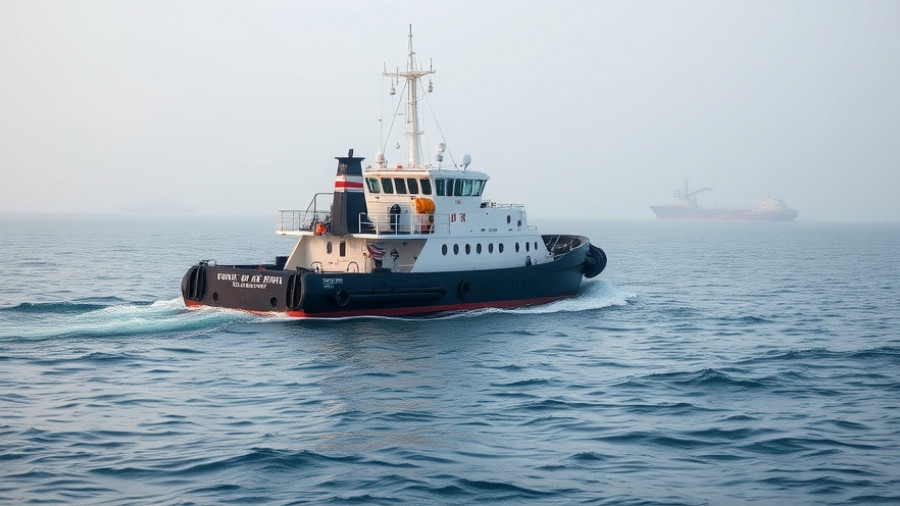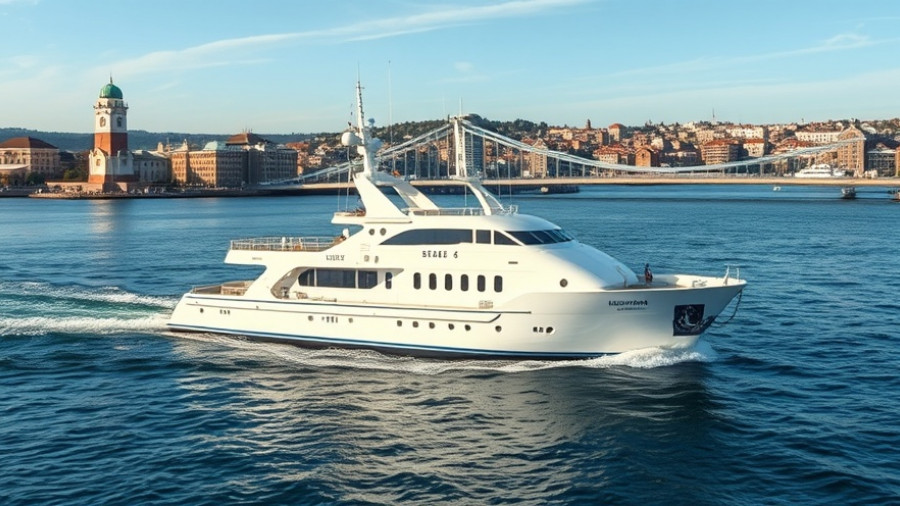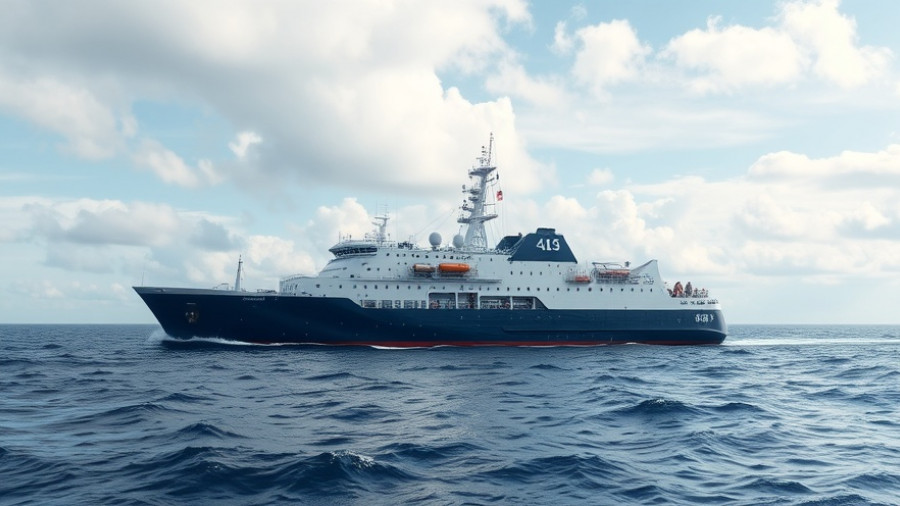
Provaris Energy Engages a New Era in Carbon Management
In a crucial advancement for carbon capture and storage, Provaris Energy is kicking off the front-end engineering design (FEED) process for its innovative large-scale low-pressure liquid CO2 (LCO2) tanks. Backed by development partner Yinson Production, Provaris is set to reshape how carbon emissions are managed and stored, marking a significant step toward a sustainable future for maritime transport.
The Significance of LCO2 Tank Development
This initiative comes at a time when environmental sustainability is gaining unprecedented attention from industries and governments alike. The unique LCO2 tank design aims to overcome existing limitations in carbon storage technology. Provaris Chief Technical Officer, Per Roed, emphasizes this LEED phase as instrumental in validating their innovative design. The growing interest from the maritime industry signifies that there's a collective push towards cleaner operations, with Provaris leading this charge.
Strategic Partnerships Fueling Innovation
The collaboration with Yinson and the impending establishment of a new joint venture (NewCo) for design and fabrication rights will bolster innovation in carbon capture applications. By sharing intellectual properties and commercialization rights equally, both parties aim to accelerate scalable designs suitable for both marine and onshore usage. This strategic alliance is a classic example of how partnerships can fuel technological advancements in emerging markets.
Robotic Fabrication: Future-Proofing Carbon Solutions
A striking feature of the Provaris tank project is the incorporation of advanced robotics for fabrication. Utilizing robotic systems for material handling and laser welding is not just innovative; it's a game-changer for efficiency in constructing large-scale storage solutions. This craftsmanship ensures compliance with maritime regulations while optimizing structural design.
Analyzing Market Incentives
The recent market discussions reveal a strong preference for large-scale LCO2 tanks with capacities ranging from 40,000 to 50,000 bcm. This preference aligns with Provaris’s design philosophy, reflecting an industry shift towards fewer but larger tanks, which enhances hull utilization and increases overall cargo capacity. Such insights are paramount for businesses strategizing around carbon management and underscore the economic viability of adopting these new technologies.
Changing the Game with Carbon Capture
Ultimately, the Provaris initiative is not just about creating a tank; it’s about laying the foundation for a reliable carbon capture supply chain that can operate effectively within rapidly evolving European and Asian markets. As climate ambitions rise globally, the proactive steps taken through this FEED phase could set industry benchmarks for carbon capture and storage technologies.
Interactive Road Show Highlights Industry Needs
Pushing boundaries isn’t limited to technology alone; it also involves dialogue with industry stakeholders. Provaris recently engaged in a targeted road show across Asia, discussing emerging requirements for the maritime and offshore sectors. These conversations strengthened ties with major shipowners, showcasing the Provaris tank designs and concept for a low-pressure large-scale LCO2 carrier. Such interactions embody a commitment to understanding and addressing the industry's immediate and long-term carbon capture needs.
Looking Ahead: The Future of Carbon Capture Technology
The next two to three years will be critical as Provaris aims to marry innovation with operational readiness for its LCO2 tanks. They are not just innovating; they're charting a course for a sustainable future, integrating large-scale solutions into the fabric of maritime operations. Expectations are high, and Provaris’s success could potentially catalyze a broader shift in not just shipping, but in global energy practices.
As the world moves towards a greener future, staying informed about innovations like the Provaris LCO2 tank will be essential for industry professionals and environmental advocates alike. Explore more about carbon capture technologies and their implications for the future of energy management.
 Add Row
Add Row  Add
Add 




Write A Comment